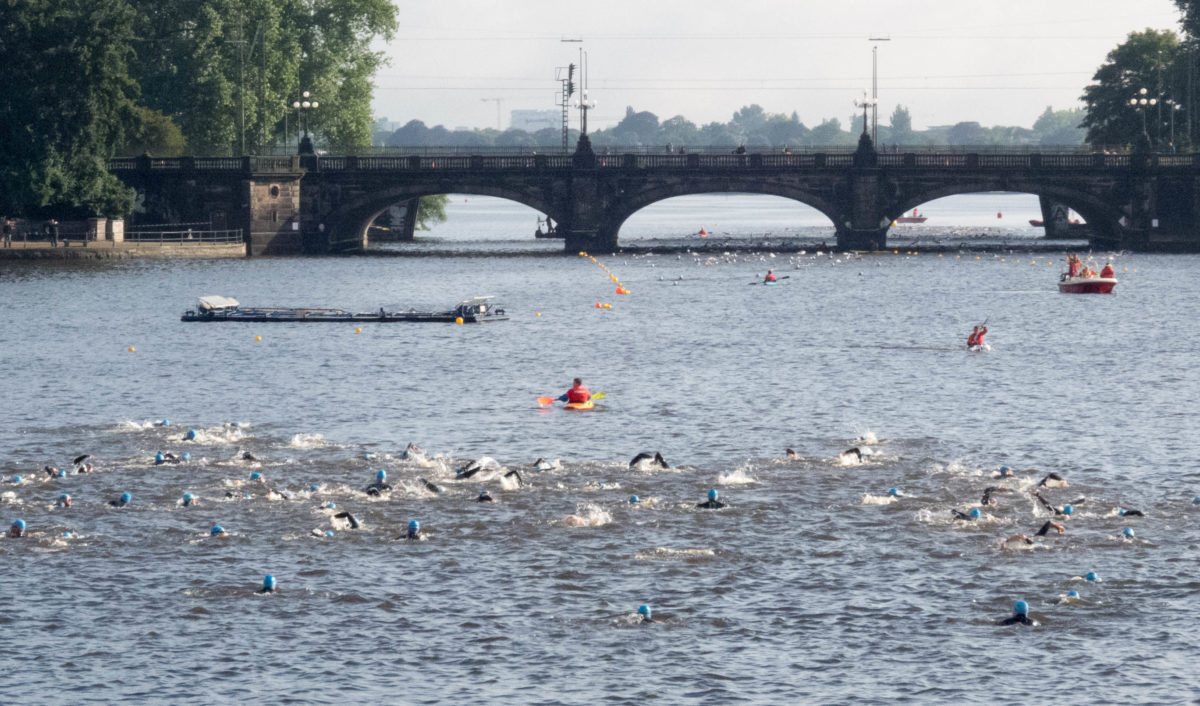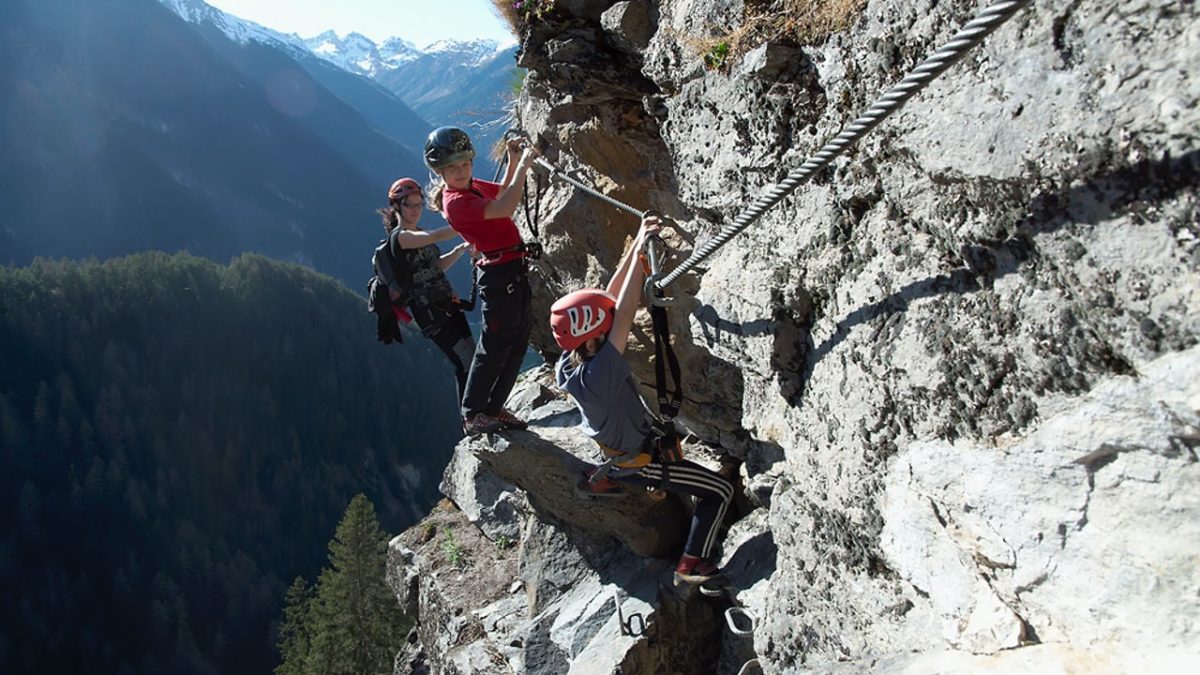The ITU world triathlon in Hamburg is over. Last weekend, on the 16th and 17th of July, triathletes from all over the came to Hamburg to swim, bike and run. Given it’s size, the event was extremely well organized. Starting Sunday Morning at 7am, every 8 minutes, 200 triathletes would begin their race.
Sadly, many competitors fell victim to the aftermath of Hamburg’s yearly music festival Schlagermove. Although the triathlon organizers had the roads cleaned in the morning, many athletes were forced to pull over and fix their flat tires halfway through the course due to shards of broken glasses and beer bottles (I’m assuming the athletes didn’t stop to catch rare pokémon).
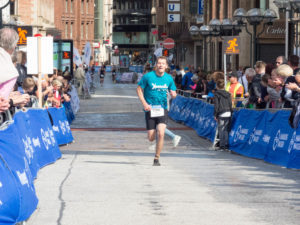 Last week, I explained how I got myself ready for the Olympic distance. Now, after the event, here are my thoughts:
Last week, I explained how I got myself ready for the Olympic distance. Now, after the event, here are my thoughts:
- A big event such as a triathlon is a great motivation to schedule regular training sessions. To further boost motivation, I would love, if there was a way to connect and train together with some of the other triathletes even before the actual event.
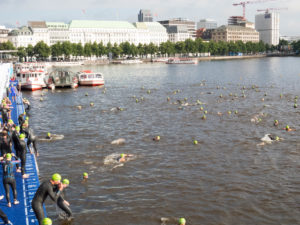 My swim training paid off. I went from struggling to complete a 50m lane to comfortably swimming 1.5kms. While I was not among the fastest swimmers, it goes to show how quickly even a total beginner can become reasonably good in a new discipline. Really, there aren’t any good excuses as to why one wouldn’t just try a new type of sports.
My swim training paid off. I went from struggling to complete a 50m lane to comfortably swimming 1.5kms. While I was not among the fastest swimmers, it goes to show how quickly even a total beginner can become reasonably good in a new discipline. Really, there aren’t any good excuses as to why one wouldn’t just try a new type of sports.
- There weren’t many athletes breast stroking. I decided for myself that I will make the switch to front crawling. If anyone can recommend a good beginners class for front crawling in Hamburg, let me know. =)
 Eat sufficient amounts of carbohydrates at least on the last couple of days leading up to the competition. I only had a salad the night before. As a result, although I had cycled more than 40kms at a personally challenging pace before, I simply lacked the necessary energy during my second lap of cycling on the day of the event. Salad may be a healthy choice, but it’s not going to give you the energy you need for an event like this. Go for pasta, rice and potatoes instead.
Eat sufficient amounts of carbohydrates at least on the last couple of days leading up to the competition. I only had a salad the night before. As a result, although I had cycled more than 40kms at a personally challenging pace before, I simply lacked the necessary energy during my second lap of cycling on the day of the event. Salad may be a healthy choice, but it’s not going to give you the energy you need for an event like this. Go for pasta, rice and potatoes instead.
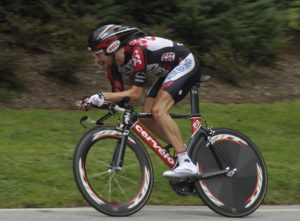 Despite occasional training sessions to improve the transitioning from cycling to running, I still struggled with that transition on the day. My take away from this is to simply incorporate more cross discipline transitions into my training.
Despite occasional training sessions to improve the transitioning from cycling to running, I still struggled with that transition on the day. My take away from this is to simply incorporate more cross discipline transitions into my training.
Overall, I would certainly recommend taking part in an event like this. It’s such a good motivator and it’s so much fun on the day. The atmosphere is great and the ITU triathlon in Hamburg offers such an amazingly beautiful race course.
What experiences did you make at the ITU triathlon? Are you planning on doing a triathlon in the near future? What are your strategies to get ready for a triathlon? Let us know in the comments below.

